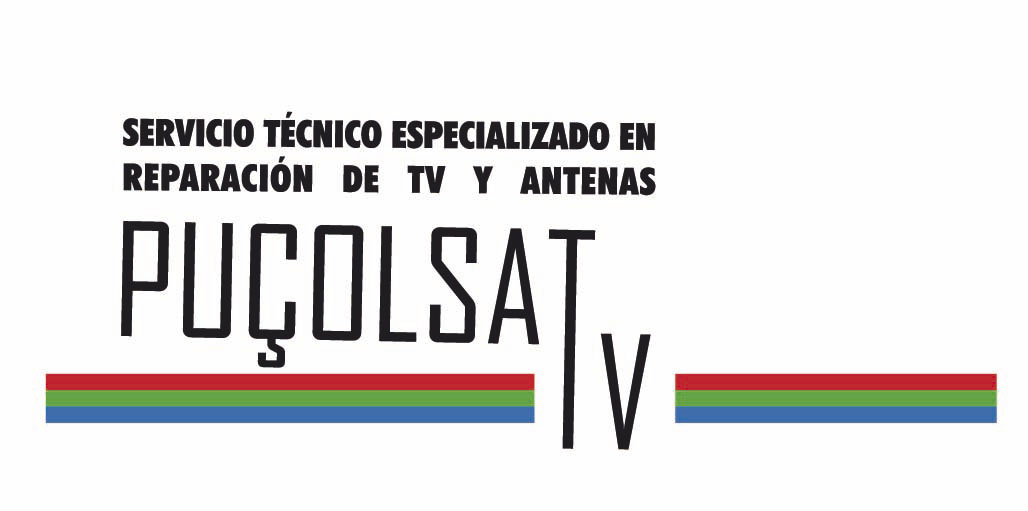Desk 1 contains the BIC and G 2 values, and the main coefficients of interest, namely those estimates from Models 1 and 2 involving Whites, Japanese, or Japanese Americans only. All BIC values were much less than 0, which indicated that both models fit better than the saturated model and the basic model with ? r , ? R , and ? rR . The improvement in fit highlights the substantial role that compositional and educational pairing patterns play in explaining the racial and ethnic pairing patterns. For the prewar cohort, Model 1 fit better than Model 2, but for the resettlement cohort, as expected, Model 2 fit better than Model 1. This result suggests that a major gender asymmetry entered the racial pairing patterns of the Japanese or Japanese Us citizens and Whites after World War II. eleven) from the design matrix of Model 2, the BIC value increased (not shown). This result https://datingmentor.org/escort/buffalo/ indicates that veteran-husband and Japanese-war-bride intermarriages were only partly responsible for the emergence of the gender asymmetry in the level of intermarriage after World War II.
Table 1
Note: SE = important mistake. Coefficient rates to have pairings connected with other fraction racial organizations (Blacks, Latinos, or other Asians) or other estimates arrive from the article writers towards the consult. To have covariates not included in Table step one, discover Picture step one.
Because Model 2 fit better than Model 1 for the resettlement cohort, we used Model 2 to calculate all adjusted odds ratios for comparability across cohorts. Table 1 also includes the coefficients of Model 2 obtained from the sample eliminating White veteran-husband and Japanese-wife intermarriages for the resettlement cohort. Additional tests (not shown but available on request) indicated statistically significant between-cohort changes in the patterns of spousal pairing on race or ethnicity involving Japanese or Japanese Americans and Whites (?1, ?step 3, ?cuatro, ?seven, ?8, ?11, and ?twelve) in each regional subsample.
Modified Opportunity Ratios
Data 2A (Japanese People in the us) and you can 2B (Japanese) introduce this new modified opportunity percentages into the several cohorts. The percentages is projected by removing the newest affects regarding sociodemographic composition and you will instructional combining. Having Japanese pairings which have Whites regarding resettlement cohort, this new reestimated chance rates from the shot excluding this new intermarriages out-of White experienced husbands and you may Japanese wives are also shown ( Contour 2.B ).
Japanese Americans and Whites
The latest modified possibility rates ( Contour 2A ) was basically even more similar to the heightened difference theory than just into absorption theory. It revealed that, unlike a beneficial y, there can be an increase in the newest interest into homogamy between the prewar cohort and postwar resettlement cohort. More analyses, which split the resettlement cohort towards a few subcohorts, showed that the latest adjusted chance ratios for the very early (1946–1955) together with later (1956–1966) resettlement cohorts (21,658 and you can 15,434, respectively) was basically greater than chances ratio of prewar cohort (10,509). Thus, whilst the largest rise in chances proportion is actually noticed in the earlier 50 % of the fresh resettlement cohort, evidence of heightened exclusion continuing towards latter part of you to cohort. Given that end failed to change, we introduce right here the results on the folded resettlement cohort sample to profit from big test size.
Additional analyses in addition to showed that the chances rates denied and you will altered when you look at the historical designs, mostly toward elimination of racial compositional affects (? roentgen and you will ? R ). The team models regarding Japanese Us citizens prior to Whites inside the small fraction (determined from Desk step 1 ) doubled for women (0.15% prewar and you will 0.33% resettlement) and you may tripled for men (0.11% prewar and you can 0.34% resettlement) between the cohorts. It growth led to a whole lot more intermarriages. However, underlying that it racial compositional alter, new tendency towards homogamy in fact enhanced. This new prewar cohort’s possibility ratio towards the Japanese Western–White pairings turned into as much as 10,000 which have customizations getting racial composition and you can remained at this level if and additionally or excluding how big area, knowledge, otherwise experienced position. On the resettlement cohort, racial constitution accounted for approximately half the new homogamous desire. Part, instead of studies and you will seasoned updates, accounted for the majority of the remaining half. Whenever removing (the latest measurement out of) area regarding Model 2, chances proportion (thirty five,810) drastically increased. When removing knowledge alternatively, the odds ratio (15,413) rejected quite. Therefore, though studies were not controlled, the finish could have remained intact. Whenever removing experienced standing out of Design dos, the odds proportion (17,781) including changed almost no.

